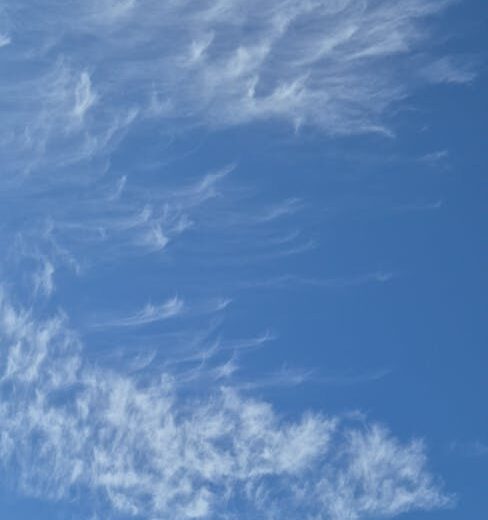Unexplained Aerial Phenomena: Theories and Hypotheses
The vast expanse of our skies has always been a source of wonder and mystery. Every so often, reports surface of strange lights and objects darting across the heavens, leaving us to ponder the age-old question: What exactly are Unexplained Aerial Phenomena (UAP)? As technology advances and more people have access to cameras and drones, sightings are becoming more common, yet the answers remain elusive. In this blog post, we’ll delve into the intriguing world of UAP, exploring various theories and hypotheses that attempt to explain these captivating occurrences.
Table of Contents
1. Introduction to Unexplained Aerial Phenomena
2. Historical Context of UAP
3. The Scientific Approach to UAP
4. The Extraterrestrial Hypothesis
5. Advanced Human Technology
6. Natural Phenomena: A Possible Explanation
7. Psychological and Sociocultural Perspectives
8. Conclusion
9. FAQs
Introduction to Unexplained Aerial Phenomena
Unexplained Aerial Phenomena, often referred to as UAP, encompass a wide range of sightings and experiences that defy easy categorization. Unlike the more colloquial term “UFO,” UAP is used to describe not just potential alien encounters but any aerial events that cannot be readily explained or identified. From flickering lights in the night sky to fast-moving objects that defy the laws of physics, UAP continue to captivate and perplex both the public and experts alike.
Historical Context of UAP
The fascination with unexplained aerial phenomena is not a recent development. Historical accounts dating back to ancient civilizations describe strange occurrences in the sky. From the “fiery shields” witnessed by the Romans to the “airships” reported in the late 19th century, humanity’s curiosity about the unknown has remained steadfast. However, it was in the 20th century, particularly post-World War II, that interest in UAP surged, largely due to numerous sightings and the infamous Roswell incident of 1947.
The Scientific Approach to UAP
Science seeks to provide rational explanations for phenomena, and UAP are no exception. Researchers from various fields, including physics, meteorology, and astronomy, have attempted to study UAP using empirical methods. While some sightings can be attributed to atmospheric anomalies or optical illusions, many remain unexplained. Organizations like the Pentagon’s UAP Task Force are dedicated to understanding these phenomena, emphasizing data collection and analysis.
The Extraterrestrial Hypothesis
The most popular theory among enthusiasts is the extraterrestrial hypothesis, which suggests that UAP are evidence of alien life visiting Earth. Proponents point to the advanced maneuvers and technology displayed by some sightings as proof of non-human origin. While this theory captures the imagination, it remains speculative without concrete evidence. However, the possibility of life beyond Earth continues to fuel research and debate. 🌌
Advanced Human Technology
Another plausible explanation is that some UAP sightings are actually advanced human technology being tested in secret. Governments and private organizations are continually developing cutting-edge aerospace technology, some of which may resemble UAP. This theory suggests that some sightings could be classified military projects or experimental aircraft that have yet to be disclosed to the public.
Natural Phenomena: A Possible Explanation
Many UAP sightings can potentially be explained by natural phenomena. Atmospheric conditions, such as ball lightning or rare weather patterns, can create illusions that resemble UAP. Additionally, astronomical events like meteor showers or reflections from satellites might be misconstrued as unidentified phenomena. By understanding these natural occurrences, we can demystify some UAP sightings. 🌠
Psychological and Sociocultural Perspectives
It’s also important to consider the psychological and sociocultural factors that influence UAP sightings. Human perception is fallible and can be influenced by expectations and biases. The media plays a significant role in shaping our understanding of UAP, often sensationalizing reports and feeding into the public’s fascination with the unknown. Studies suggest that cultural context and individual psychology can significantly impact how we interpret aerial phenomena.
Conclusion
Unexplained Aerial Phenomena remain one of the most intriguing mysteries of our time. Whether a result of extraterrestrial visitors, human innovation, natural occurrences, or psychological interpretations, UAP continue to challenge our understanding of the world. As technology advances and more data becomes available, we may one day unravel the secrets of the skies. Until then, we can only gaze upwards with curiosity and wonder. 🌌
FAQs
Q: Are UAP and UFOs the same thing?
A: While the terms are often used interchangeably, UAP is a broader term that encompasses any unexplained aerial event, not just those potentially linked to extraterrestrial activity.
Q: Has the government confirmed the existence of UAP?
A: Various governments have acknowledged the existence of UAP, but they emphasize that these phenomena remain unidentified and require further study.
Q: How can I report a UAP sighting?
A: Many countries have official channels for reporting UAP sightings, often linked to aviation or defense departments. Additionally, numerous civilian organizations collect and analyze UAP reports.
Q: Is there scientific evidence supporting the extraterrestrial hypothesis?
A: Currently, there is no direct scientific evidence proving that UAP are of extraterrestrial origin, though the hypothesis remains a subject of research and debate.
Looking for a side hustle
Check out one of the best around atm
